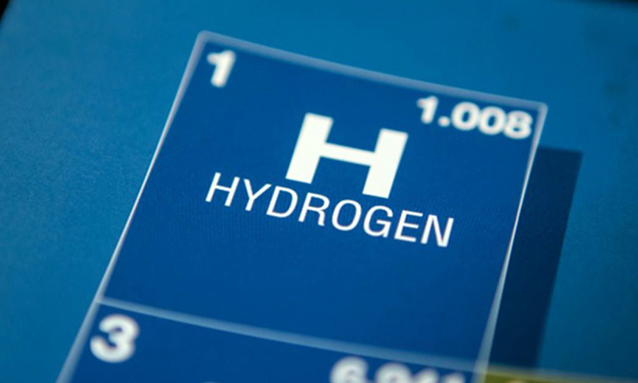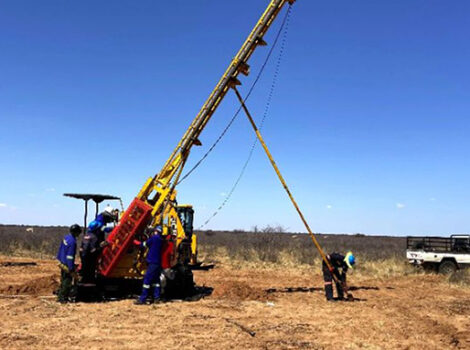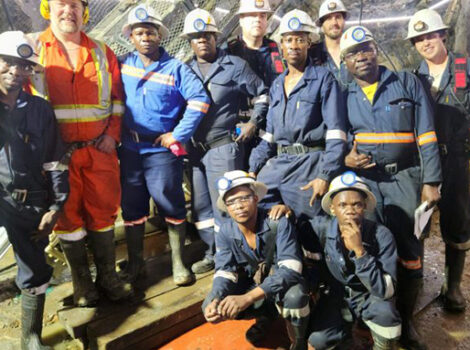
With perfect timing following the election of a Labour Government, Brisbane-based Synergen Met is promising to deliver technology to create a “turquoise hydrogen” from methane and potentially a negative CO2 process.
Synergen Met is raising up to $25 million in its float and listing on the ASX. The funds would be used to roll out its hydrogen strategy which includes the Tlou hydrogen project in Botswana where it would produce hydrogen from coal seam methane. It will also be used as working capital for its US acquisition of plasma equipment company Phoenix.
The facility for the Botswana project would be built and tested in Brisbane.
“Over the past 24 months, the global business community has started actions to address the climate crisis,” managing director Christopher Dunks said in a letter to potential investors.
“A major part of the revolution that is needed in reducing and eliminating greenhouse gas emissions involves hydrogen.
“Synergen is positioning itself to be at the leading edge of the environmental and social solutions when talking about the forever chemical, PFAS.”
While Synergen technology uses the fossil fuel methane as a source for hydrogen, it said the process was as “clean as green” hydrogen. Hydrogen production is currently classified by the use of colours with green hydrogen using renewable energy the most sought after because creates no CO2 in the process.
“Synergen’s proprietary methane pyrolysis process may be classified by some commentators as turquoise hydrogen, but when powered with renewable power it also produces clean hydrogen with no greenhouse gas emissions. Synergen’s hydrogen is, therefore, as clean as green hydrogen,” the prospectus claims.
“In fact, when the methane pyrolysis is powered by renewable energy and the feedstock is biomethane rather than natural gas then the process can even be carbon negative.
“Using renewable power, Synergen’s hydrogen production system is affordable, scalable and can be located at a centralised hub or at a distribution site.”
The carbon black created by the process is saleable and has a market worth $US15 billion in 2020. It’s used in manufacturing tyres and plastics, inks and toners as well as rubber products and pigments. It claims a key advantage in that its hydrogen production was mobile and scalable. The company also said it has a technology to destroy the controversial PFAS, a “forever chemical” linked to fire-fighting foams.
Synergen said it was gearing up to develop two PFAS destruction facilities, one in Australia and the other in the US, as well as concentration facilities and to design and build a carbon separation project.



